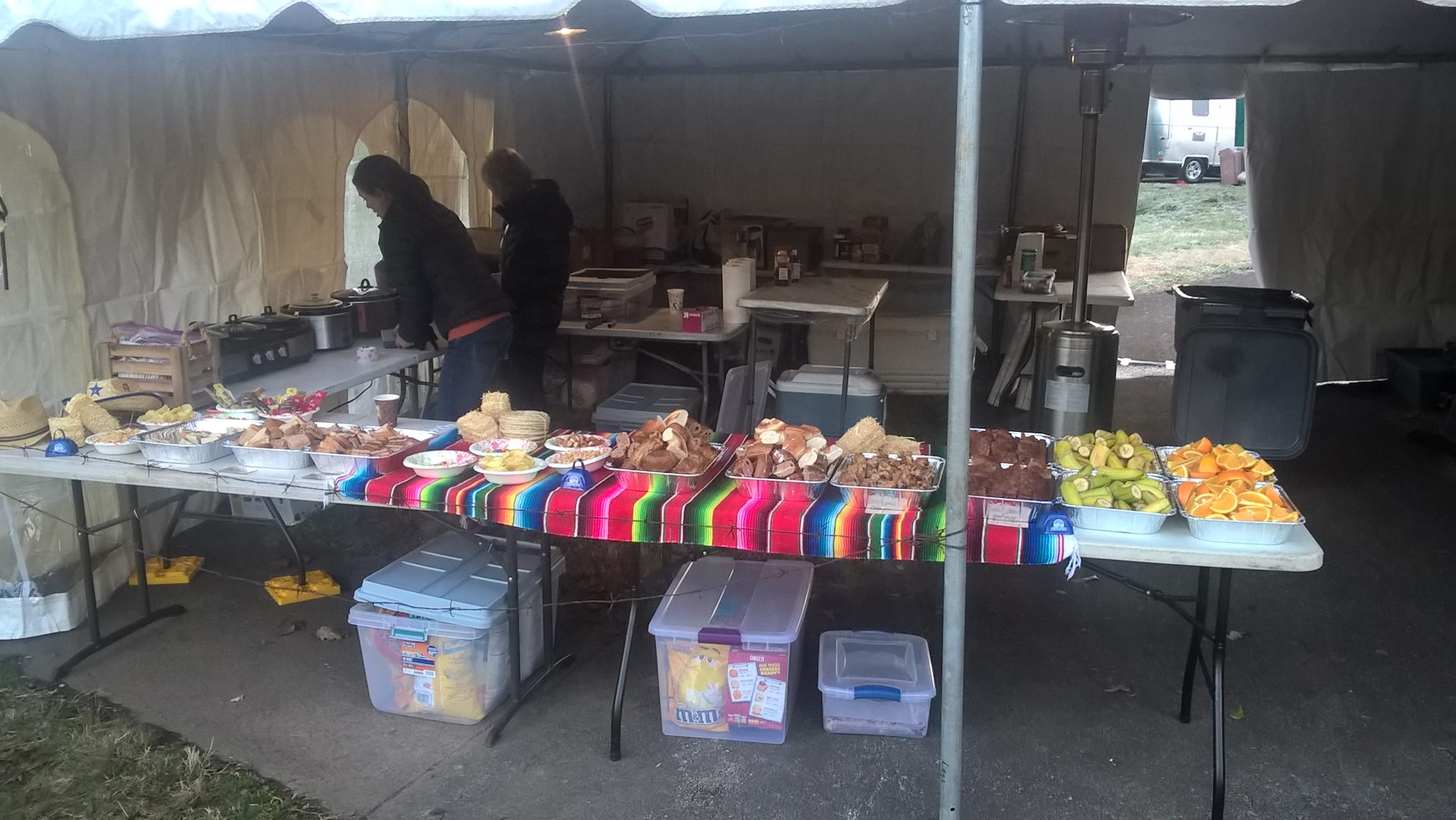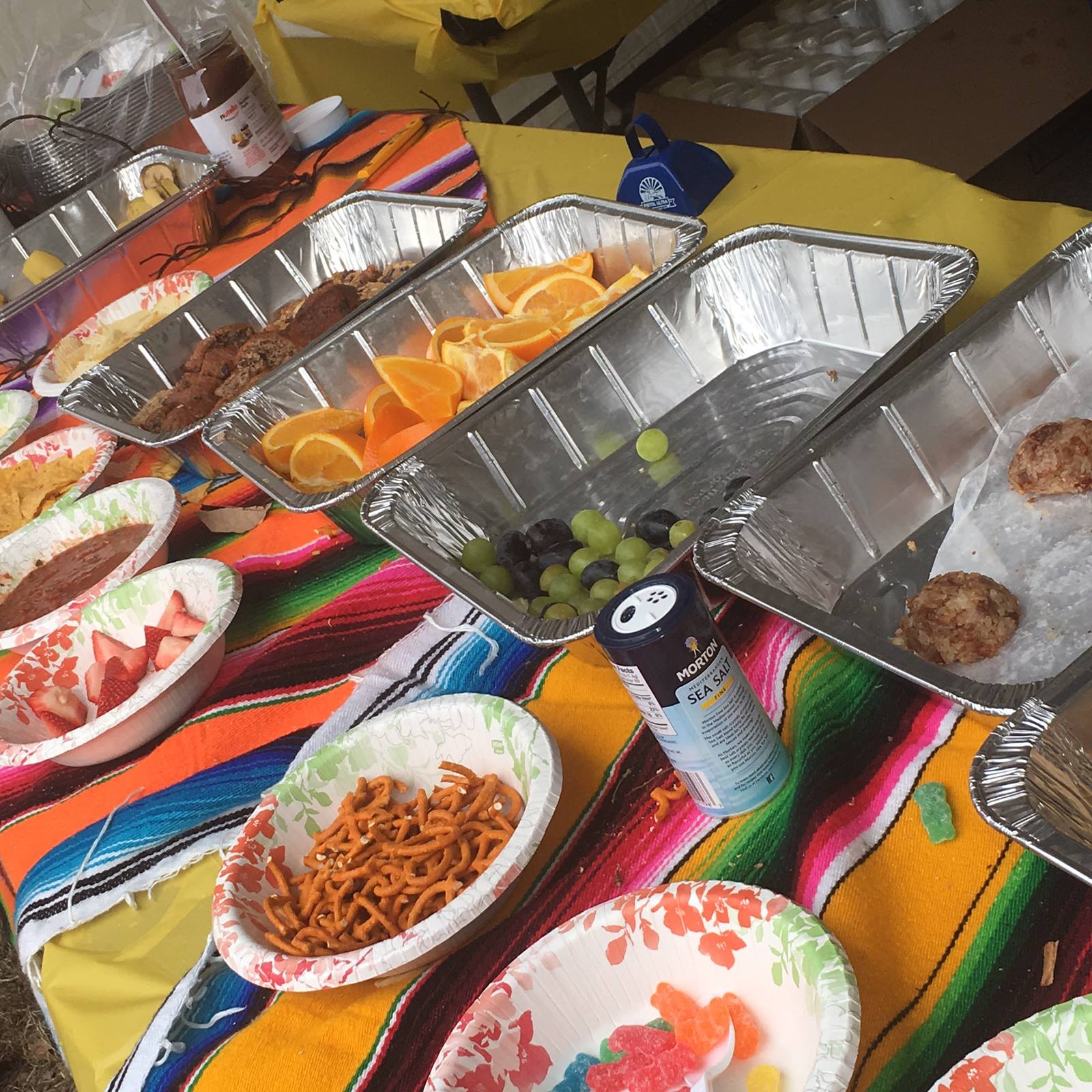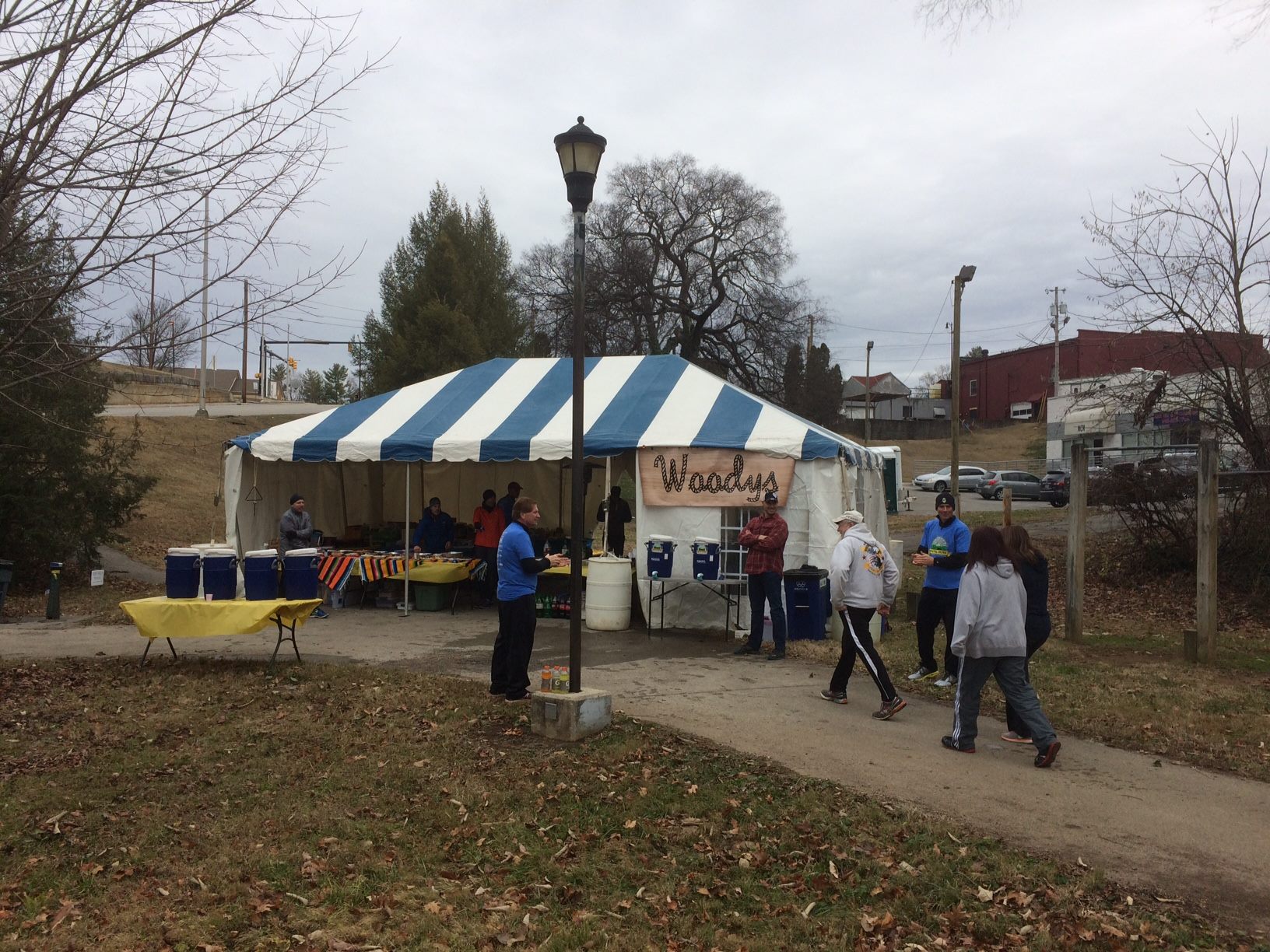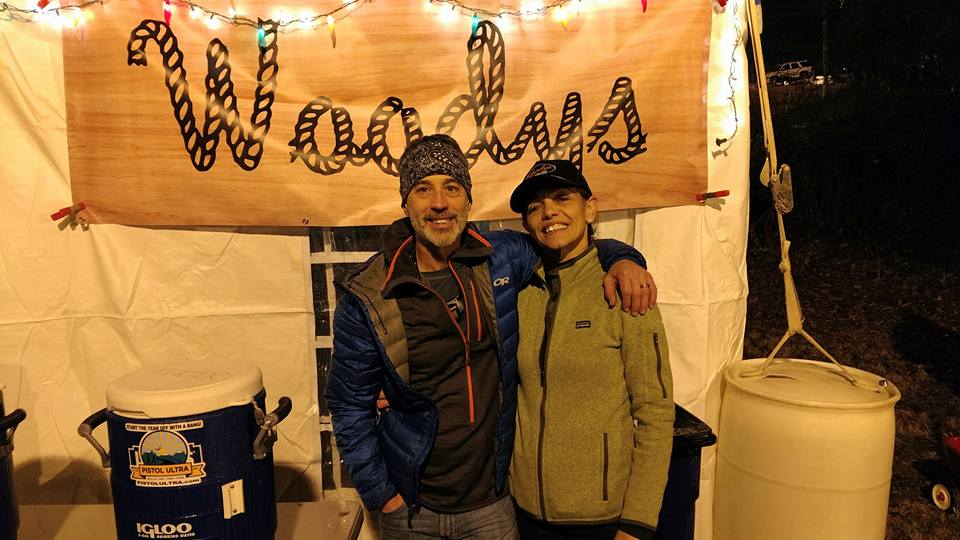Backpacking and hiking are truly very personal sports. While it can be done as a group activity, when you're out in nature your experience is always going to be individualistic. When it comes to my job as a guide, I spent a lot of time explaining to people that we aren't just on one hike - if I'm in a group with four clients plus me, I'm hiking five individual hikes PLUS a group hike. Try leading six individual hikes by yourself! For many hikers, there's a phrase we all adopt. It starts off well-meaning and innocuous enough - hike your own hike (HYOH). While this phrase can be used in multiple ways on the trail, unfortunately the way I see it used a lot on social media these days doesn't really lend itself to that friendly, simple advice. Let's talk about why I'd like to see people stop throwing around the phrase hike your own hike (HYOH).
When I first became serious about attempting a thru hike, I learned the phrase HYOH from a friend of mine who had done some long sections. He used it nicely enough. He let me know that I should always HYOH instead of letting someone else in a group decide for me where I should be going and how many miles I should be doing. As I got out onto the AT in late March of 2012, I immediately heard the phrase used multiple times a day - especially in those early days. As someone who did a lot of long day hikes and backpacking trips before I set out to thru hike, I was often ridiculed in the first month I spent on the trail. I heard many things about my speed and distance being covered each day, but it always basically boiled down to "You're not seeing anything when you hike 20 miles every day! You need to slow down to experience the AT the way it was meant to be done! But I guess you can HYOH..." This was the first time I had been told to hike my own hike, but also been told that my way was wrong in their eyes.
As I reached the fourth state line heading north, Virginia, and I came into the town of Damascus, more hikers were starting to pick up speed and bigger miles thanks to getting conditioned to the terrain. I was no longer being told I wasn't seeing or experiencing the AT the "right" way. Now though, it seemed like every hiker (both thru hiker and day hikers alike) were all experts on the gear I should be carrying and what I should be wearing. The phrase HYOH now took on a different connotation. "Well, the weight of a canister fuel system isn't something I can justify. I'd much rather carry HEET and a beer can stove. But HYOH..." Once again, this seemingly sweet phrase is now being used to say "my way is the best but I guess yours is okay." Around mile 500, HYOH really started to get on my nerves.
After about 1000 miles of a distance hike, the HYOH phrase and culture died out for the most part. I didn't really hear the phrase again that year. In 2013, I moved to Millinocket to work in a hostel and found myself using the phrase nearly every day with the bright-eyed SoBo hopefuls. Without really trying, I found myself using the very phrase I learned to hate during my thru hike a year previous. "Well, many people on the east coast find solar panels to be cumbersome weight. I'd recommend sending it home. But if you REALLY want to keep it, HYOH you know...?" Basically, any time someone didn't like my expertise on a shakedown, I used the phrase to convey "I know better than you and I think you should do what I say." Without even realizing it, I was now the person who was belittling my fellow hikertrash.
These days, as an active part of the hiking community - both through my work as a backpacking guide and my future job working at a hostel - I'd like to banish this phrase from the hiker lexicon. While the HYOH expression, I believe, started off innocent enough I no longer see a use for it on the trail. While I don't have a catchy slogan to replace it, I'd like to work toward a culture shift in our community instead. Instead of trying to use the phrase HYOH to talk to newbies or people who are setting out on their journeys, let's instead find a constructive way to convey our advice. When in doubt, of course, the Golden Rule of not saying anything if we have nothing nice to say is always appropriate!
Keep in mind that your hiking experience is always YOUR hike. My experiences on distance trails will in no way be the same experience you will have. My mileage might not work for you. My gear might not work for you. My resupply plan might not work for you. Your experiences, gear, and resupply points might not work for me. That's the beauty of getting out on an outdoor adventure - you get to learn something about yourself each and every time. So, let's keep the snarkiness and mean comments out of it and help build each other up to enjoy it.
How do you feel about the phrase hike your own hike? Have you seen it used in the ways I've mentioned above? What would you recommend instead if you aren't a fan of the expression?







































